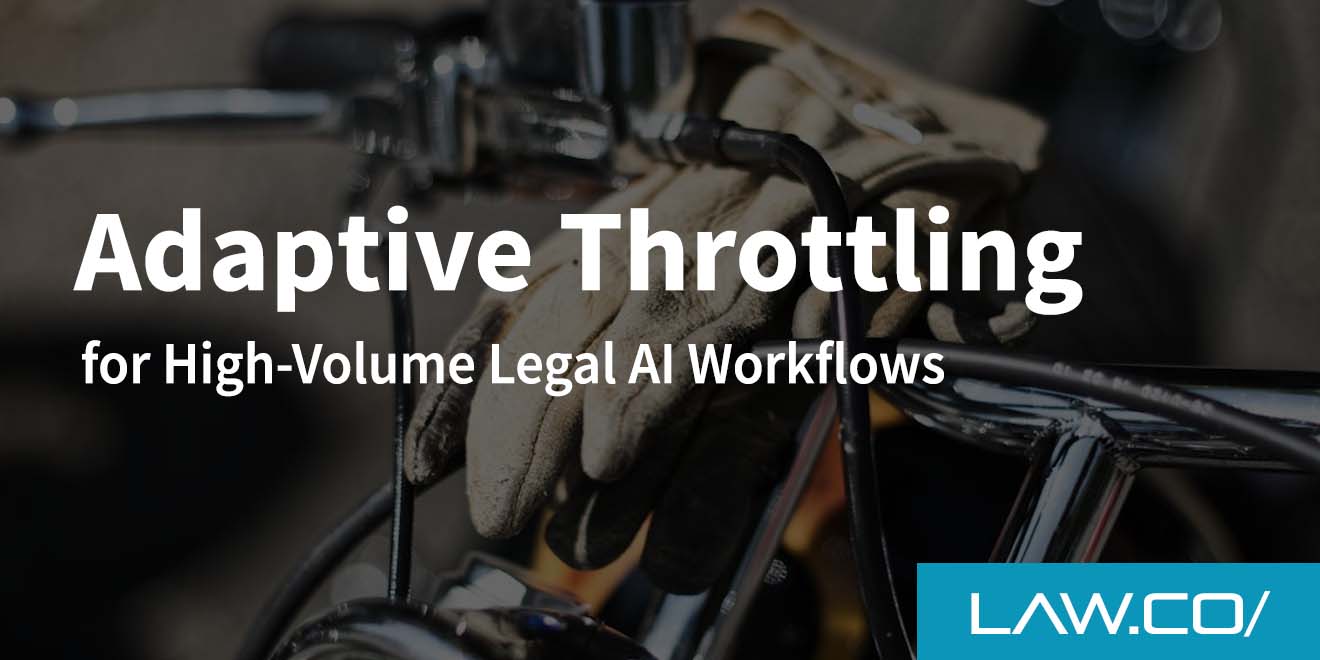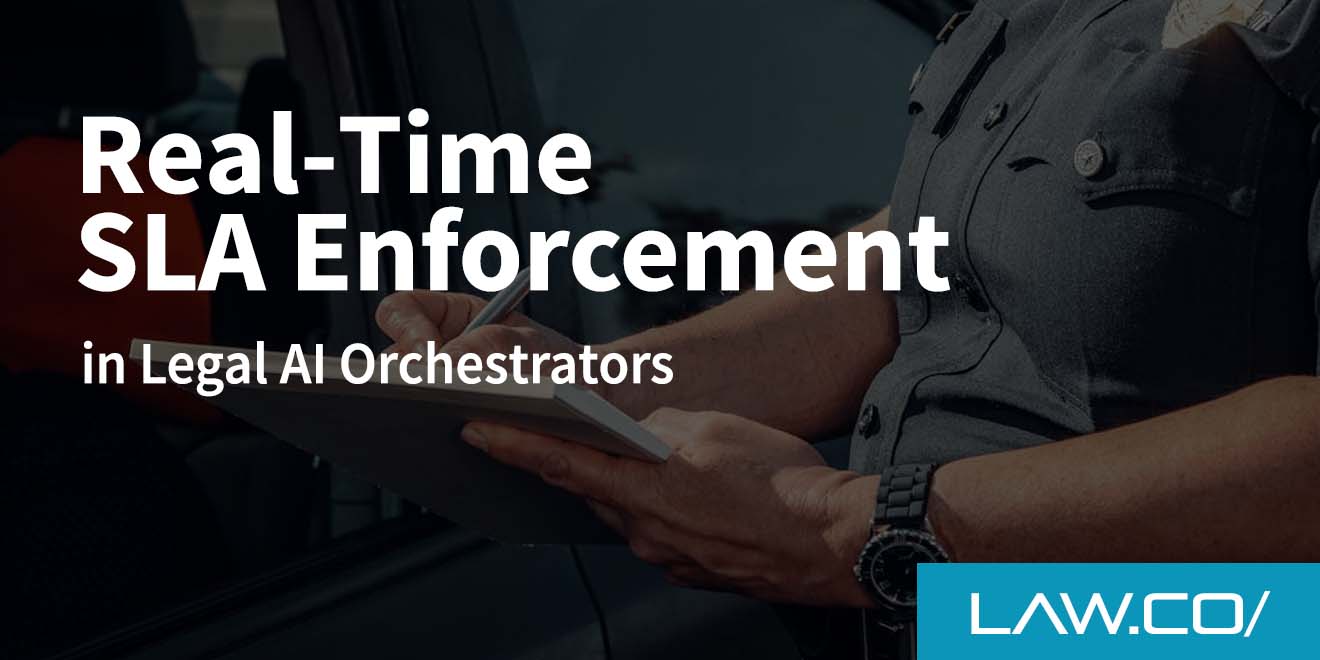

Power of Hybrid AI for Law Firms: Combining Extractive and Generative Models for Innovative Applications
AI technologies are profoundly impacting the legal industry, opening up formerly unconsidered possibilities for a major revolution in traditional workflows. In this paper, we aim to demonstrate how Extractive and Generative AI can be combined to expand the horizons of law.We will define what Extractive and Generative AI are respectively and explain their important role in the legal domain before going on to examine how combining them unlocks new paths of innovation.Finally, through examining real-world applications and charting potential future prospects, we'll provide an insightful overview of how these types of AI can help drive transformation across the entire legal profession.
What is Extractive AI?

SourceExtractive AI is a form of artificial intelligence that helps process and extract valuable data from text-based documents. It uses natural language processing (NLP) to interpret unstructured information, while machine learning algorithms allow it to store knowledge with the ability to generalize this knowledge to new sets of situations and tasks.Extractive AI can be used in contexts such as document analysis, summarization, question answering, keyword search, entity extraction multiple languages as well as images or audio recordings.These types of applications offer an automation approach for driving more efficient organization workloads based on capabilities such as query-by-example, semantic parse and advanced searching features.
How Extractive AI processes and extracts information from text
Extractive AI uses natural language processing (NLP), a branch of artificial intelligence, to break down text into distinct components and analyze them for understanding.It extracts valuable data from verbal or written words fed into it, such as meaningful concepts from large documents, and important facts like names, numbers, entities, dates, or locations.The way it works is by building algorithms that navigate through specific rules of the language in order to understand what matters the most inside each sentence and even extract full content out of it.
Use cases of Extractive AI in the legal domain
Four major use cases for Extractive AI in the legal domain include e-discovery, automated case assessment andresearch, legal analytics, and document summarization.Through text mining and natural language processing (NLP), Extractive AI helps to automate the entire discovery process in litigation matters by delivering reliable search results related to complex contractual terms and industry regulations.It can also be used for rapidly assessing large volumes of data pertinent to a case, as well as predicting judicial outcomes using predictive analytics solutions.Additionally, Extractive AI technologies can accurately generate summaries from a given corpus of documents too lengthy or complicated for human consumption – streamlining processes like legal audits or due diligence tasks.
Exploring Generative AI

SourceGenerative AI is an advanced artificial intelligence (AI) technology that can create realistic, human-like content.It combines deep learning techniques such as neural networks with natural language processing and generates completely new text or other form of media from scratch instead of gathering existing data like Extractive AI.Generative AI specializes in understanding the structure of natural languages, finding patterns in large datasets, and replicating them to generate its own novel ideas.In this way it can reliably recreate the sense of writing style while keeping the grammatical structure intact and be trained specifically for certain industries to enable characteristics such as industry jargon into generated outputs.
How Generative AI generates human-like text
Generative AI is a type of artificial intelligence approach used to create texts, graphics and audio that reflect human-level creativity.It focuses on the creation of content from scratch instead of simply (as extractive AI does) collecting existing information.The technology fields being employed to produce this work range from natural language processing techniques, such as summarization methods and automation methods for text expansion, to image modification or music synthesis possible through deep learning architectures configured with extended data sets.Entirely novel attempts at analysis – by our understanding – can be generated without manual intervention thanks to Generative AI's tremendous progress in the field in recent years.
Use cases of Generative AI in the legal domain
Generative AI utilizes advanced algorithms and computing power to generate human-like textual content. It efficiently evaluates large amounts of data, creating meaningful insights, which when used in the legal domain has the potential to render huge benefits for attorneys.Generative AI solutions provide an avenue that is much more laborious yet comprehensive for uncovering underlying information from gigantic volumes of documents than conventional keyword search mode.Legal professionals use generative algorithms for unraveling or summarizing multifaceted issues at hand or predicting future patterns in litigation scenarios accurately.Examples include virtual assistant systems and document analysis tools using natural language processing (NLP) technology which streamline legal research with AI by both experts and nonexperts alike within the legal realm quickly, reliably and cost effectively.
The Synergy of Extractive and Generative AI

Complementing strengths of both approaches
The synergy of Extractive and Generative AI involves a unique combination of techniques to unlock new potentials in the legal domain. Specifically, Extractive AI combines effective algorithms for extracting information from natural language documents, while Generative AI leverages advanced artificial intelligence to generate human-like text.When used together, these techniques pan out positively; resulting in a complementary balance of skills. For example, one may use those skills for automated summarization processes or efficient contract drafting systems - among many other (and innovative!) use cases which draw on both Extractive and Generative AIs' key strengths.
How combining both AI techniques unlocks new possibilities
Combining Extractive and Generative AI techniques can unlock some amazing possibilities. By fusing the strengths that both approaches possess, new forms of innovative solutions can be developed.As an example, a content powered by Generative AI technology can be imprinted onto applicable clauses using Extractive AI systems to serve as accurate background information when assessing documents or searching litigation databases.Automated document drafting and review processes are other possibilities that flow from this synergy of artificial intelligence methods in the legal industry.
Examples of innovative solutions for the legal industry
Such synergies open up multiple potential applications including advanced research, automated contract determinations, inference of large documents such as reports and laws and other forms of technical assistance in everyday legal processes.By utilizing both approaches together, it is possible for AI-driven solutions to offer new insights on a variety of tasks within a realistic timeframe that would traditionally be painstakingly difficult without computers.Value-able cost reductions as well as streamlined business processes are among additional advantages encountered in companies relying considerably upon intelligent computing technology for their daily activities.
Conclusion
AI has emerged as a revolutionary force in transforming the legal industry and advancing both scales of operations. Combining Extractive and Generative AI provides huge potential for unlocking entirely new answers, solutions, and strategies at legal level that have not yet been achievable or imagined.This combination opens pathways for increased efficiencies within the law and greater accessibility from executive users to everyday users - providing more specifically tailored services and approaches for each interaction.There is enormous potential that awaits if firms remain aware to capitalize on responsibilities when implementing such result-driven techniques in their practices – continue by taking responsible steps upon existing technologies while recognizing further technologies before diving all ahead amidst fast-paced implementation times.

%201.svg)










